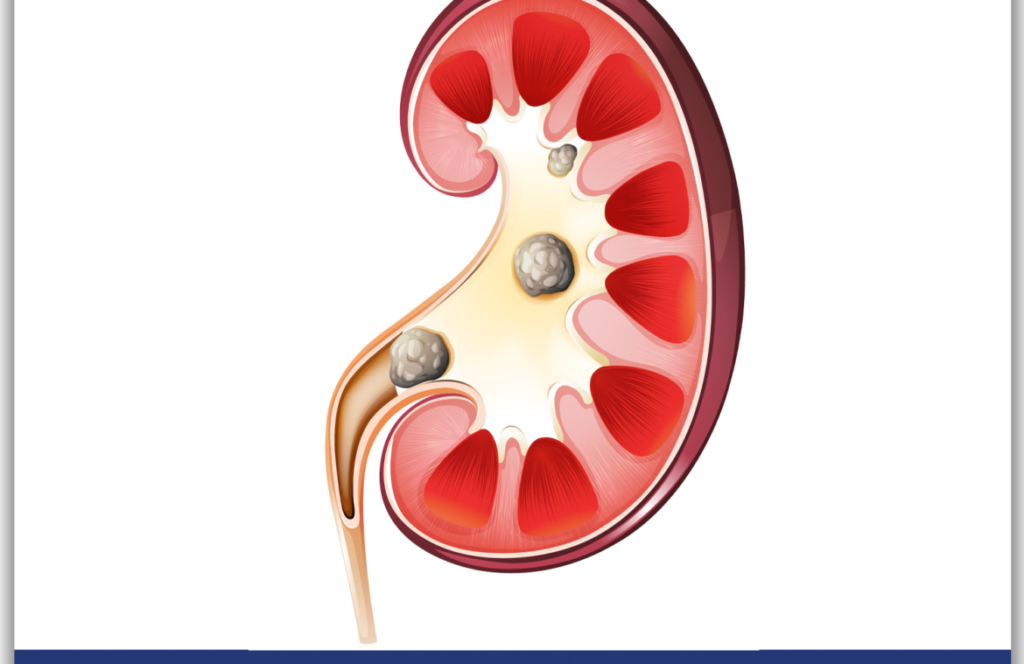
Kidney stone
Kidneys, which enable the removal of waste materials from the body, may form stones due to problems in the relevant mechanism while performing their functions. Kidney stoneThey are solid masses formed by the hardening and crystallization of chemicals and minerals in urine.
Stones may vary in size. Some kidney stones can be as small as a point, while others can grow to several inches in size. In some cases, kidney stones may even be large enough to cover the entire kidney.
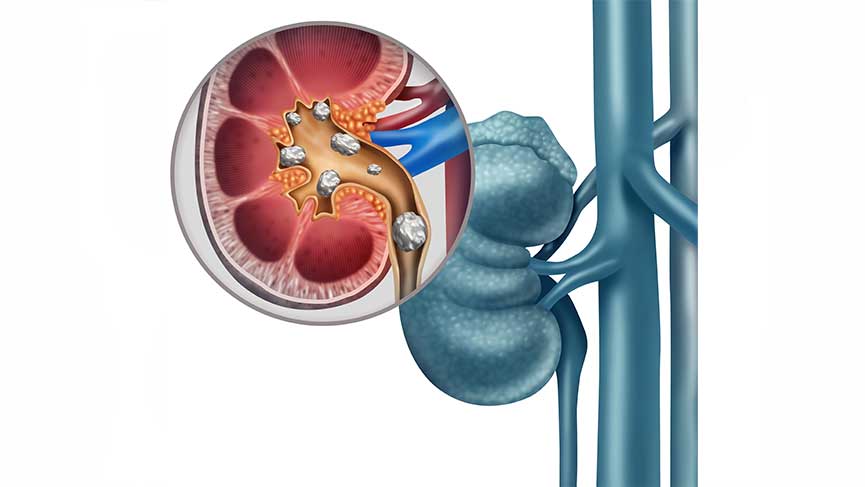
What are the Causes of Kidney Stones?
The exact cause of kidney stone disease is not fully known, but there are various risk factors that affect the formation of the disease. People who have a family history of kidney stone disease are more likely to develop stone disease. Factors such as congenital kidney diseases and malnutrition can also be cited as causes of kidney stones. Risk factors that affect the occurrence of the disease can be listed as follows;
- Obesity,
- urinary tract infections,
- Previous kidney stone disease,
- Insufficient physical activity,
- Presence of other diseases in the kidneys,
- Occurrence of chronic intestinal problems,
- Gout disease is also among the risk factors for kidney stones.
What are the Symptoms of Kidney Stones?
Kidney stones, which do not show any symptoms in the early stages, appear with sudden onset of pain symptoms in the back and abdomen. While small stones can pass through the urinary tract unnoticed, large stones can get stuck in the ureter that connects the kidney and bladder. The most common symptom in kidney stone patients is pain. In some cases, the pain complaint is mild, while in other cases, more severe pain may be experienced.
Kidney stone symptoms can be listed as follows;
- Seeing blood in the urine,
- Pain while urinating,
- Nausea,
- frequent urination,
- Difficulty urinating,
- Complaints such as fever and chills are also among the symptoms of the disease.
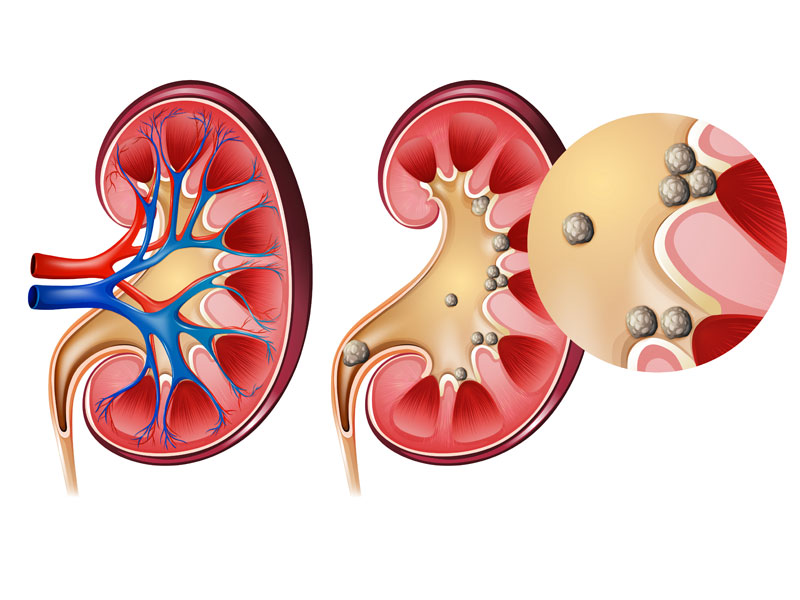
How Common Are Kidney Stones?
Our country is a country where stone disease is common. Kidney stone disease is seen in 12-13 out of every 100 people living in our country. According to known findings, kidney stones used to be more common in men. Nowadays, the incidence of kidney stones in women has increased. According to the current situation, the incidence of kidney stones is equal in men and women in Turkey.
Kidney Stone Reduction
Stones formed in the kidney pass into the ureter over time. The ureter is a channel that connects the kidney to the bladder and allows urine to flow. Small-sized stones can usually pass into the ureter naturally, but larger stones can become stuck in the ureter.
How Long Does It Take for Kidney Stones to Pass?
Factors that determine how long you wait for a stone to pass vary.
- size of stone
- location of the stone
- Level of swelling in the kidney
Size of the stone;
Taşın büyüklüğü taşın doğal yollarla düşüp düşemeyeceği konusunda önemli bir faktördür. 4 mm’den daha küçük olan taşların yüzde 80’i kendiliğinden geçerler. 4–6 mm olan taşların bir tür tedavi gerektirebilir, ancak yaklaşık %60’ı doğal olarak kendiliğinden düşer. 6 mm’den büyük taşlar çoğunlukla tıbbi tedaviye ihtiyaç duyarlar. Sadece %10 civarındaki kısmı doğal olarak düşer.
Location of the stone;
Taşların kendiliğinden düşüp düşmeyeceği konusundaki ana faktörlerden birisi de, üreterdeki taşın konumudur. Üreterin mesane ile birleştiği yere yakın olan taşların kendiliğinden düşme olasılıkları, uzak olan taşlara göre daha yüksektir. Araştırmalara göre bu taşların %79’unun kendi başına düştüğü görülmektedir. Mesaneye daha yakın olan taşların yaklaşık %48’i herhangi bir tıbbi tedavi olmaksızın geçer.
Level of swelling in the kidney (Hydronephrosis)
As the stone passes from the urinary tract, there is an increase in pressure in the kidney due to the obstruction it creates. As a result of the increase in pressure in the kidney, the kidney expands and swells. If the stone has completely blocked the canal, we can wait a maximum of 2 weeks to pass the stone. After 2 weeks, deterioration begins in the kidney affected by this stone. If the stone has not completely blocked the canal, you can wait approximately 1 more month to pass the stone under the supervision of a doctor.
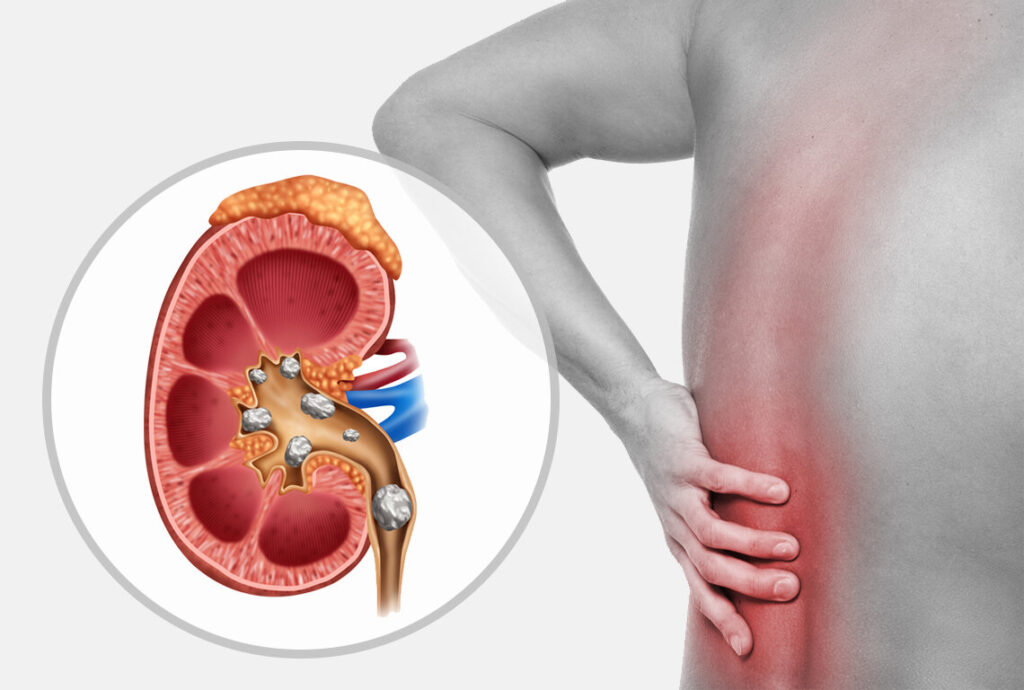
Is There a Way to Pass Kidney Stones Faster?
Tüm taş hastalarının %10 – 15’ini eriyebilen ürik asit taşları oluşturur. Hastada ürik asit taşı olması durumunda hekimin vereceği ilaç tedavisi ile taşın erimesi mümkündür. Taşın düşebilecek büyüklükte olması durumunda günde en az 3 litre su içerek, sıcak küvete oturarak ağrı kesici ve prostat ilaçları ile taşı düşürmek önerilmektedir.
Kidney Stone Treatment
After the patient is diagnosed with kidney stones, treatment planning is made by the physician. kidney stone treatment The size of the stone and its location within the kidney are important. Increasing the size of the stone reduces the chance of the stone passing spontaneously.
Various factors are effective in determining the treatment method to be applied to the patient. The severity of the patient's pain due to kidney stones, whether the stone causes any damage to the kidney and whether it impairs kidney functions are effective in determining the treatment method to be applied. In the treatment of the disease, drug therapy, interventions that do not require surgery, and surgical interventions can be performed. After the diagnosis and examination of the patient, the treatment method to be applied is decided.
One of the most important things that patients should pay attention to for stone treatment is to consume sufficient amounts of fluid. Drinking 6-8 glasses of water a day during the disease increases urine flow and facilitates the natural passage of stones. The treatment methods used in the treatment of kidney stones are as follows:
1- Drug Treatment
Painkillers can be used in the treatment of kidney stones. Antibiotics are used to treat the infection. In drug treatment, medications are recommended depending on the cause and type of stone formation.
2- Stone Crushing
In the extracorporeal shock wave lithotripsy (ESWL) method, sound waves are used to break up large stones. Broken stones can be disposed of more easily by natural means. However, the ESWL procedure may cause some complications for the patient. Complications such as bruising on the back and abdomen and bleeding around the kidneys may occur.
3- Tunnel Surgery (Percutaneous Nephrolithotomy)
The doctor makes a small incision on the patient's back to access the kidney stones. And it enters from here and breaks down the stones in the kidney. In general, this method is preferred if the size of the stone is more than 3 cm and the stone causes blockage, infections and damages the kidneys.
At the beginning of the treatment process, the doctor may recommend percutaneous nephrolithotomy and request stone removal. This is the first choice when it is not possible to reduce kidney stones by other means.
4- Ureteroscopy
Stones that pass from the kidney may remain stuck in the patient's ureter or bladder. A tool called a ureteroscope is used to remove this stuck stone.
The ureteroscope is an instrument consisting of a wire with a camera attached to its tip. This wire is entered through the patient's ureter and extended to the bladder. The stuck stone is caught and held with the help of a basket and removed. The excess size stone is broken into pieces and removed with the holmium laser.
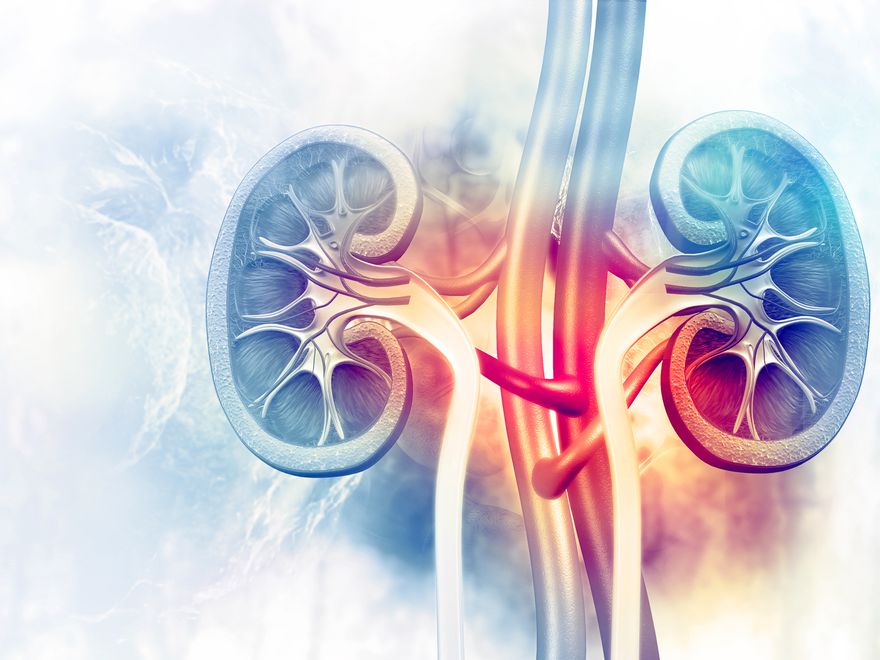
How is Kidney Stone Surgery Performed?
While kidney stones were previously treated with open surgery, in the 2000s, endoscopic treatment of the stone was performed by percutaneous endoscopy, by entering the kidney through a hole made outside the body and a tube inserted into the kidney. Kidney stone Determining factors in surgery;
- Total size of the stone,
- Number of stones and their location in the kidney,
- Structural functional status of the kidney,
- The surgeon's experience,
- It is the device and material infrastructure.
Nowadays, kidney stones are usually broken down with Flexible Endoscopic Laser, which is applied from the urinary tract to the ureter and then upwards into the kidney. In this operation, the stones are divided into very small fragments with a laser and at the end of the surgery, a silicone stent called double J stent is placed in the kidney; The purpose of placing this stent is to heal the ureteric duct without any complications and at the same time to ensure that the stone pieces pass easily. If there are stones in both kidneys, the patient can be treated for stones by entering both ureter channels in the same session without changing position.
Frequently Asked Questions
If the kidney stone is less than 5 mm, it may pass spontaneously. Plenty of water and movement help the stones pass. In addition, drug therapy that expands the ureteral channels may be applied by the physician.
Kidney stones occur with severe pain. Pain can occur in the back, in the kidney area, in the lower abdomen, under the ribs and in the groin.
Kidney stones generally occur around the age of 30. Other diseases such as obesity, diabetes and high blood pressure predispose to the formation of kidney stones.
One of the first tests performed on kidney stone patients is a urinalysis. Blood cells, crystals and bacteria are seen in the patient's urine if there is an infection.
If there are stones in the kidney or bladder, it can be easily diagnosed using ultrasound. It is generally not possible to detect stones outside the kidney with ultrasound.
Our treatments
- Prostate cancer
- Bladder Cancer
- Kidney Cancer
- Kidney stone
- Robotic Surgery
- HOLEP
- ThuLEP
- Prostate Biopsy
- hydrocele
- varicocele
- Testicular Cancer
- Urinary tract infection
- Urinary Incontinence in Women
- Urodynamics
- Vesicovaginal Fistula
- Laparoscopy Surgery
- Sacral Neuromodulation
- Laser Prostate Surgery
- Penile Prosthesis Implantation
- Prostate Hot Water Steam Treatment
- Penile Shock Wave Therapy – ESWT
- Male Infertility
- Drug Treatment for Sexual Dysfunction (Erectile Dysfunction)
